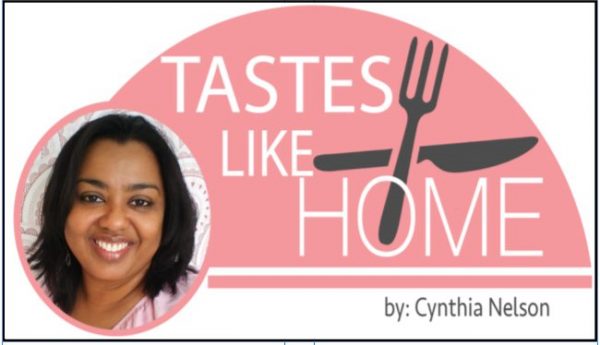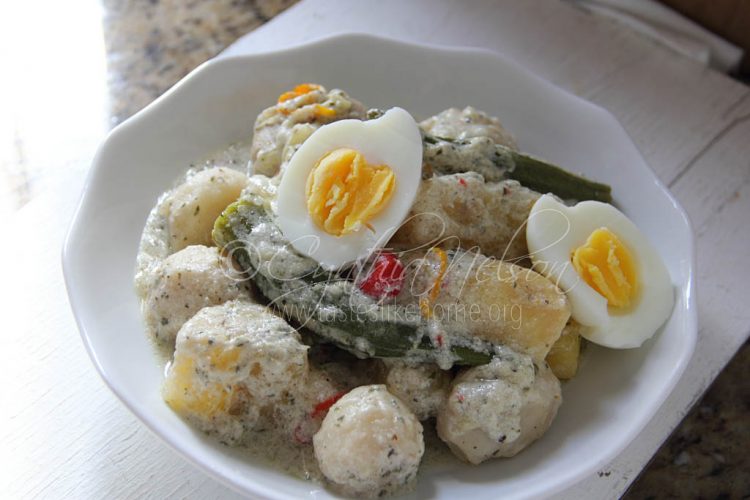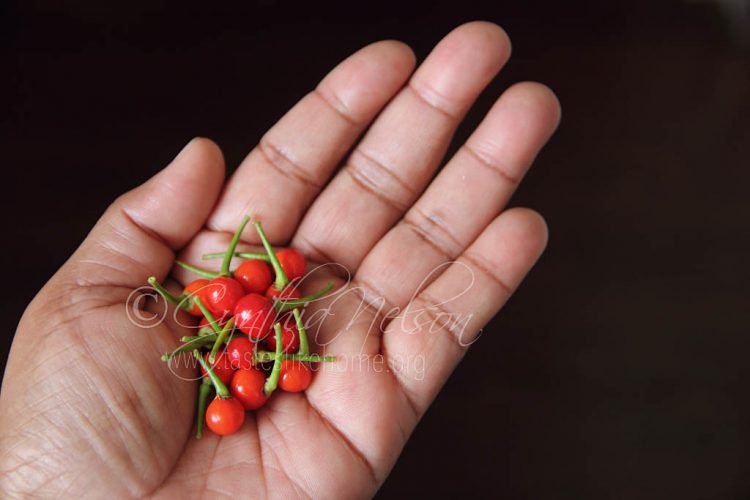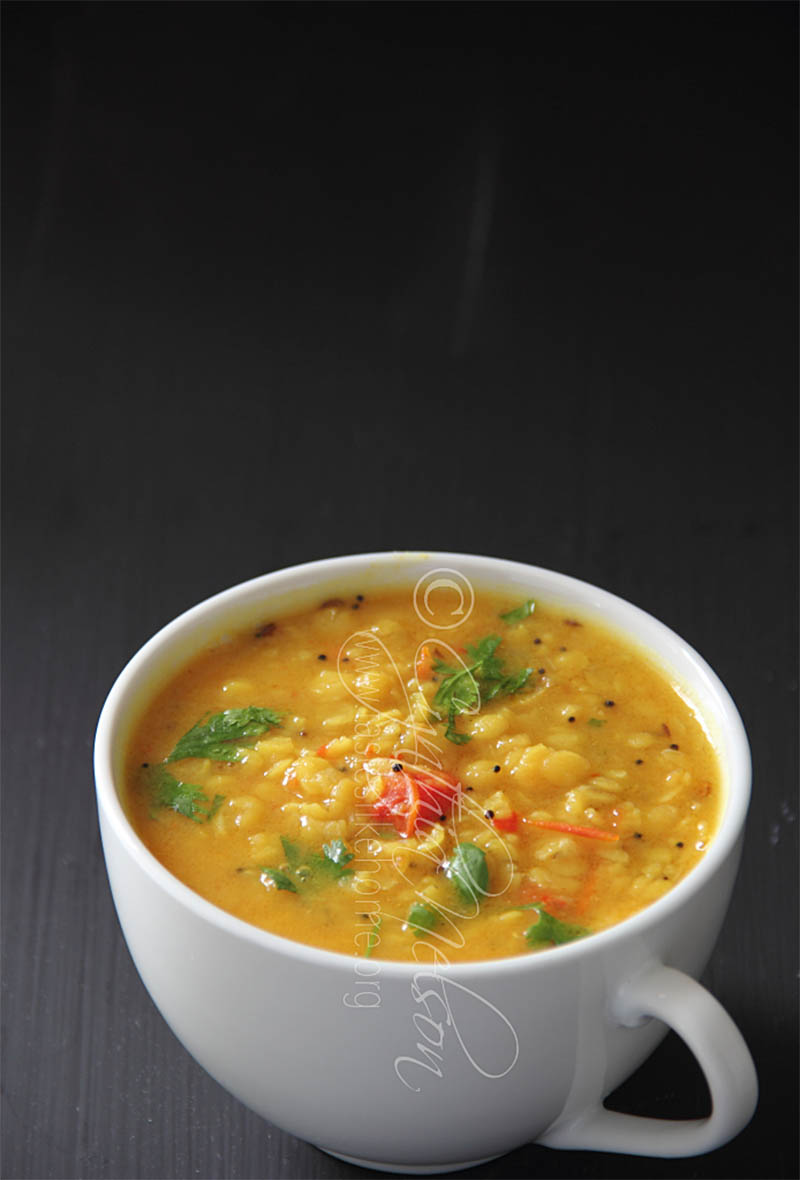
The first was the opening of Starbucks in Guyana – its 23rd market in the region and 85th globally. I have to admit that I smiled ruefully as I saw a photo of the long line outside the store. It was a similar scene here in Barbados when the coffee company opened in 2021.
The second thing was a photo posted online by Demerara Waves’ Denis Chabrol of a street food stall’s menu, replete with local dishes. On the menu were Metemgee with fried trout, curried beef and dhal, karaila and salt beef, stewed snapper, fried rice with fried chicken, macaroni and cheese and blackeye cook-up with mixed meat, among other things.


There was another thing, and this was two weeks ago – Annette Arjoon’s posting and sharing of the Wiri-wiri (pepper) project, its development and success.
Guyana has changed and is changing, and nowhere is the evidence of the erosion of one’s identity more clear than in our food landscapes. This change is not only occurring in Guyana but across the region too.
Food plays a central role in the cultural identity of any nation. It defines us. The traditions and rituals that we partake in everyday and on special occasions often have at the centre, a meal. Food is at the heart of our communication and given that it is an integral part to our identity, migration alone, cannot be the main contributing factor that gives cause for concern to the perceived threat of national identity.
Popular media, technology, and a changed pace of life have already made significant down payments to some loss of our food identity. If we don’t take matters into our hands immediately, our cuisine, that thing that makes us unique, that thing that moulds us and defines us could be lost forever.
We in the Caribbean are a proud group of nations and often boast about never having the need for cookbooks and recipes. We cook by instinct, we make do, and we take the ordinary and make it extraordinary. We have successfully fused the cuisines of our forebears to create a singularly dynamic range of food. The secrets, methods, and techniques have been passed on from one generation to the next placing our food identity on a firm setting. For the past several years, however, we cannot in all good conscience profess to be on such firm ground because, like I said, we live in a different time. Home cooking and the passing down of food knowledge have been placed on the back burner and in some cases, altogether forgotten. Or some bastardised version is being made and passed as the real thing.
Please do not misinterpret what I am saying. I am not calling for a return to the days of old and to do things like they were back then. I do, however, believe that there are lessons we can learn, processes we can adapt and merge with our modern day way of doing things. Let us not in our quest for advancement and acceptance, lose sight of who we are and the stock from which we have come. After all, it is that weaved tapestry of cultural influence and way of life that made us who we are today.
You know what bugs me? When the chefs, and celebrities, and nutritionists, and travel writers suddenly “discover” what we’ve known all along. If you look carefully at the world food scene today there is a clarion call for a return to basics. For years, food gurus told us that certain foods were bad – sugar, eggs, milk, coconut oil – but now they have suddenly rediscovered these ingredients. Whole milk is the “new” health food for the supply of calcium; whole eggs give us necessary protein. Even Pepsi “rediscovered” sugar and packaged their return in the trappings of nostalgia – Pepsi with sugar was called Pepsi Throwback complete with groovy 60s music. They changed the label in 2014, it is now Pepsi-Cola Made with Real Sugar. As for coconut oil, you have to shell out a lot of money if you want the good stuff.
But it’s not just the ingredients that are being “discovered.” We are being told to do things that, if we are honest, our grandparents used to do without having the “wise words” from the food gurus – like start a kitchen garden to grow your own fresh produce. It was the talk of the town and the thing to do during the Covid lockdown.
Over a decade ago I read in the local newspapers here (in Barbados) about a project, True local hospitality, “We offer visitors the opportunity of a cultural exchange by going into the families’ homes for lunch or dinner for two or three hours. They get to meet family members and exchange stories and cultures…” This new initiative was a good idea but cooking our own food our way does not have to simply be a part of a tourism marketing gimmick. We don’t only have to think of preserving our food heritage for tourists. We can preserve it for ourselves, for our own sense of pride and perhaps more importantly, for our health.
Our identity, borne out of the ingenuity of the food and influences of our foreparents should not be allowed to fall by the wayside. We cannot let who we are as a people diminish. In our push for progress and modern advancement, let us not give up on the things we used to do and then wait for somebody to teach us what we already know, or for someone to teach us our own heritage. On a different but related note – all across the Caribbean there is a loud cry about the huge, burgeoning food import bill. Given this, what measures and stipulations are we putting in place for new eating and drinking establishments, particularly franchises, to access local ingredients? In the same breath, we must ready ourselves to be steady and reliable in our supply, as well as consistent in the quality and standard of our offerings.
Finally, two things that made me laugh this week with Starbucks’ opening. The first was a photo of tea brewing and cooling in two large enamel cups captioned: “Starbucks, y’all gon do this fuh me plus put ma name?” The second one was a photograph of a snow cone in a clear cup, with a drizzle of condensed milk over the mounds of ice and red syrup, straw in cup ready for stirring. On the cup was written a name and a smiley face drawn, the caption read: “I gon go when y’all calm down. In the meantime…”
Enjoy the long holiday weekend!
Cynthia
cynthia@tasteslikehome.org






